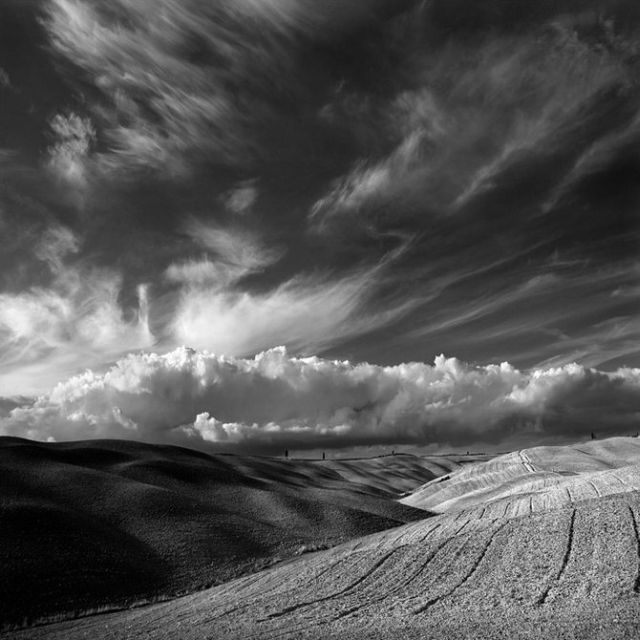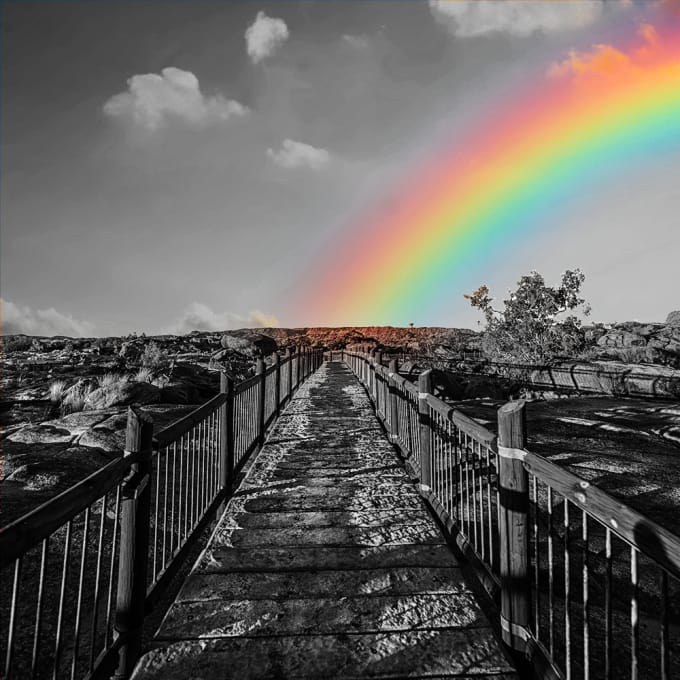
With computer technology, studios were able to add color to black-and-white films by digitally tinting single objects in each frame of the film until it was fully colorized (the first authorized computer-colorizations of B&W cartoons were commissioned by Warner Bros. The most recent redrawn colorized black-and-white cartoons are the Fleischer Studios/ Famous Studios' Popeye cartoons, the Harman-Ising Merrie Melodies, and MGM's The Captain and the Kids cartoons, which were colorized in 1987 for airing on the Turner networks. To cut time and expense, Ladd's process skipped every other frame, cutting the frame rate in half this technique considerably degraded the quality and timing of the original animation, to the extent that some animation was not carried over or mistakenly altered. Supervised by Fred Ladd, color was added by tracing the original black-and-white frames onto new animation cels, and then adding color to the new cels in South Korea.

During the late 1960s and the early 1970s, black-and-white Betty Boop, Mickey Mouse, and Looney Tunes cartoons were redistributed in color. These colorization methods were employed until effective color film processes were developed.
#Colorize black and white photo movie#
As late as the 1920s, hand coloring processes were used for individual shots in Greed (1924) and The Phantom of the Opera (1925) (both utilizing the Handschiegl color process) and rarely, an entire feature-length movie such as Cyrano de Bergerac (1925) and The Last Days of Pompeii (1926). The process was always done by hand, sometimes using a stencil cut from a second print of the film, such as the Pathécolor process. The first full-length feature film made by a hand-colored process was The Miracle of 1912. Thuillier's lab produced about sixty hand-colored copies of A Trip to the Moon, but only one copy is known to still exist today. Thuillier, a former colorist of glass and celluloid products, directed a studio of two hundred people painting directly on film stock with brushes, in the colors she chose and specified each worker was assigned a different color in assembly line style, with more than twenty separate colors often used for a single film.

For example, at least 4% of George Méliès' output, including some prints of A Trip to the Moon from 1902 and other major films such as The Kingdom of the Fairies, The Impossible Voyage, and The Barber of Seville were individually hand-colored by Elisabeth Thuillier's coloring lab in Paris.
The first film colorization methods were hand done by individuals. See also: List of early color feature films


 0 kommentar(er)
0 kommentar(er)
